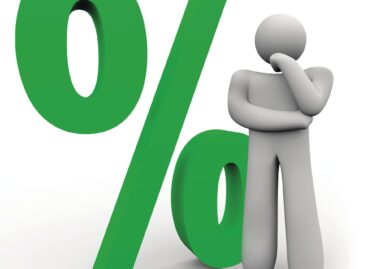Working hours vs. private time: blurred lines
Working from home and handling private matters during working hours: technology enables us to be connected anywhere, anytime. What does that mean to our workload? And are people still able to switch-off once away from their desk?
57% of the respondents in the Randstad Workmonitor survey indicate their employers expect them to be available outside regular office hours – which is an increase compared to 2010 when 40% stated this. 47% of the employees say they are also expected to be available during holidays. China, India, Turkey and Hong Kong rank well above the global average on both statements, while employers in the Nordics and western Europe seem less demanding.
Mixing the professional with the private also goes the other way: 64% of the respondents say they sometimes deal with private matters during working hours – a significant increase since 2010 when 40% of the respondents in the Randstad Workmonitor recognized this.
Although more than half of the employees do not mind handling work-related matters in their private time, 38% does feel pressured to respond to work-related calls and emails when on holiday. Hong Kong tops this list with 77% and Denmark is at the low end with 17%.
Related news
The Bicycle-Friendly Settlement and Bicycle-Friendly Workplace Awards were presented
🎧 Hallgasd a cikket: Lejátszás Szünet Folytatás Leállítás Nyelv: Auto…
Read more >The future of AI agents: key predictions and trends for 2026
🎧 Hallgasd a cikket: Lejátszás Szünet Folytatás Leállítás Nyelv: Auto…
Read more >Related news
2026 begins in agriculture amid crises and a wave of investment – banking focuses on the dairy and pig markets, as well as CAP investments
🎧 Hallgasd a cikket: Lejátszás Szünet Folytatás Leállítás Nyelv: Auto…
Read more >Sovereignty Protection Office: According to the public, there is no place for foreign majority ownership in strategic sectors
🎧 Hallgasd a cikket: Lejátszás Szünet Folytatás Leállítás Nyelv: Auto…
Read more >Poor fruit harvest weighs on the pálinka sector
🎧 Hallgasd a cikket: Lejátszás Szünet Folytatás Leállítás Nyelv: Auto…
Read more >







